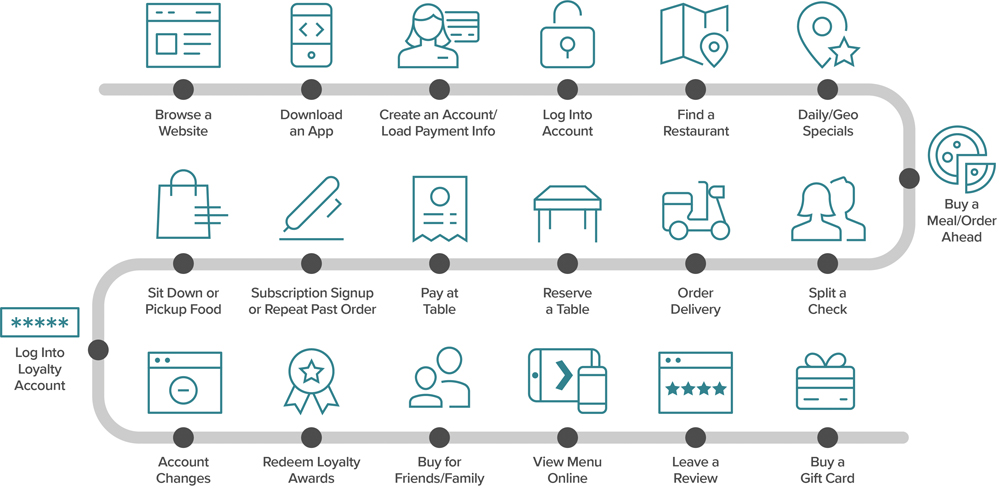 By Rich Stuppy
By Rich Stuppy
Many merchants are increasingly turning to machine learning (ML) and artificial intelligence (AI) to help make faster and smarter decisions to automatically approve good transactions and reject fraudulent ones. The problem is that many companies that claim to use AI are just using rudimentary ML based on simple data.
However, there is a better world on the horizon, where unsupervised and supervised ML come together and use technology to look at the patterns of safety that exist and weigh them against risk signals and anomalies to catch things that are “low safety” and high risk, including new types of fraud attacks. This is the sweet spot of stopping fraud and maximizing revenue.
Why AI
When it comes to fraud, AI has the ability to emulate the judgement and decision process of an experienced fraud analyst, yet do it faster, more accurately and at a much larger scale. It also can detect if a new type of attack is underway, thus greatly increasing the effectiveness of fraud prevention.
Utilizing AI for fraud prevention is especially important in Canada where the digitization of payments is quickly evolving. Payments Canada reports that Canadian consumers are increasingly opting for digital methods of payments, such as contactless, online transfers and in-app purchases, rather than traditional forms like cash and cheques. For example, contactless transactions accounted for about 29 per cent of all point-of-sale card payments in 2017, up from only seven per cent in 2014.
Here are best practices for deploying an AI fraud prevention solution that can truly help transform your digital business.
 Implement supervised and unsupervised ML
Implement supervised and unsupervised ML
Here’s why. Supervised ML models, which are trained on past activity, can detect known fraud attacks, but they fall short in detecting new attacks.
Unsupervised models, for their part, can identify anomalous behaviour that indicate a new type of fraud attack. However, those anomalies are not always malicious. For example, maybe you just launched a new marketing campaign that went viral, and suddenly you have massive amounts of new customers making purchases that are different from what you’ve seen before. That’s an anomaly, but it’s not fraud.
Once the anomaly is detected it still takes human intervention and supervised ML to make the proper judgement calls and ensure that these good transactions are not rejected. The combination of supervised and unsupervised ML then allows businesses to better weigh key variables and patterns against each other, so they catch high-risk transactions: while allowing legitimate transactions to move forward without any friction.
Build more complete digital identities
It’s crucial to gather a lot more data than is typically collected by payments processors, whose ML models use just a handful of basic payment details—such as the credit card number, expiration date and postal code—to detect fraud. Instead, data sets should include additional critical information like e-mail addresses, device fingerprinting, mobile phone numbers and about how long those people have been customers. All that data can be used to build more complex ML models that are significantly better at detecting fraud.
What’s more, building a more complete digital identity for each customer is increasingly vital, especially as payments today are becoming less credit card-focused thanks to the rise of digital wallets and mobile payment systems. It’s essential, then, for any fraud detection system to not restrict its focus to the payment instrument itself, and instead to piece together a true digital identity for each customer.
Understand your risk tolerance
Here’s an illustrative comparison. A gaming company that sells high-margin virtual goods typically doesn’t mind a little bit of fraud if it makes the buying process more frictionless for all their good customers. The gaming company wants to make sure they get as many transactions as possible with the lowest number of declines. By contrast, a business selling expensive diamond jewellery has a much lower tolerance for fraud.
So, what is your tolerance for fraud? Can you afford to introduce more friction for customers in order to reduce your number of chargebacks? And can the AI and ML in your fraud detection system be modified to support your level of risk tolerance? The ability to easily customize your AI to match your risk tolerance is a critical requirement.
Keep improving data quality
Giving the right information to your ML model can vastly improve its accuracy and effectiveness. For example, there are many reasons a transaction can result in a chargeback, such as delivery delays. You don’t want your model to decline a transaction simply because it originated in an area that traditionally experiences a lot of chargebacks due to that factor. Providing the right data and proper tagging can help eliminate that issue.
Protecting data and ensuring the authenticity of every transaction is the key to earning and keeping the trust of customers. The biggest benefit of AI is the ability for businesses to quickly arrive at highly accurate decisions that not only reduce fraud, but also drive bottom-line outcomes, such as lower operational costs and higher revenue. Now that’s just smart business.
Rich Stuppy is chief customer experience officer at Kount (www.kount.com).




